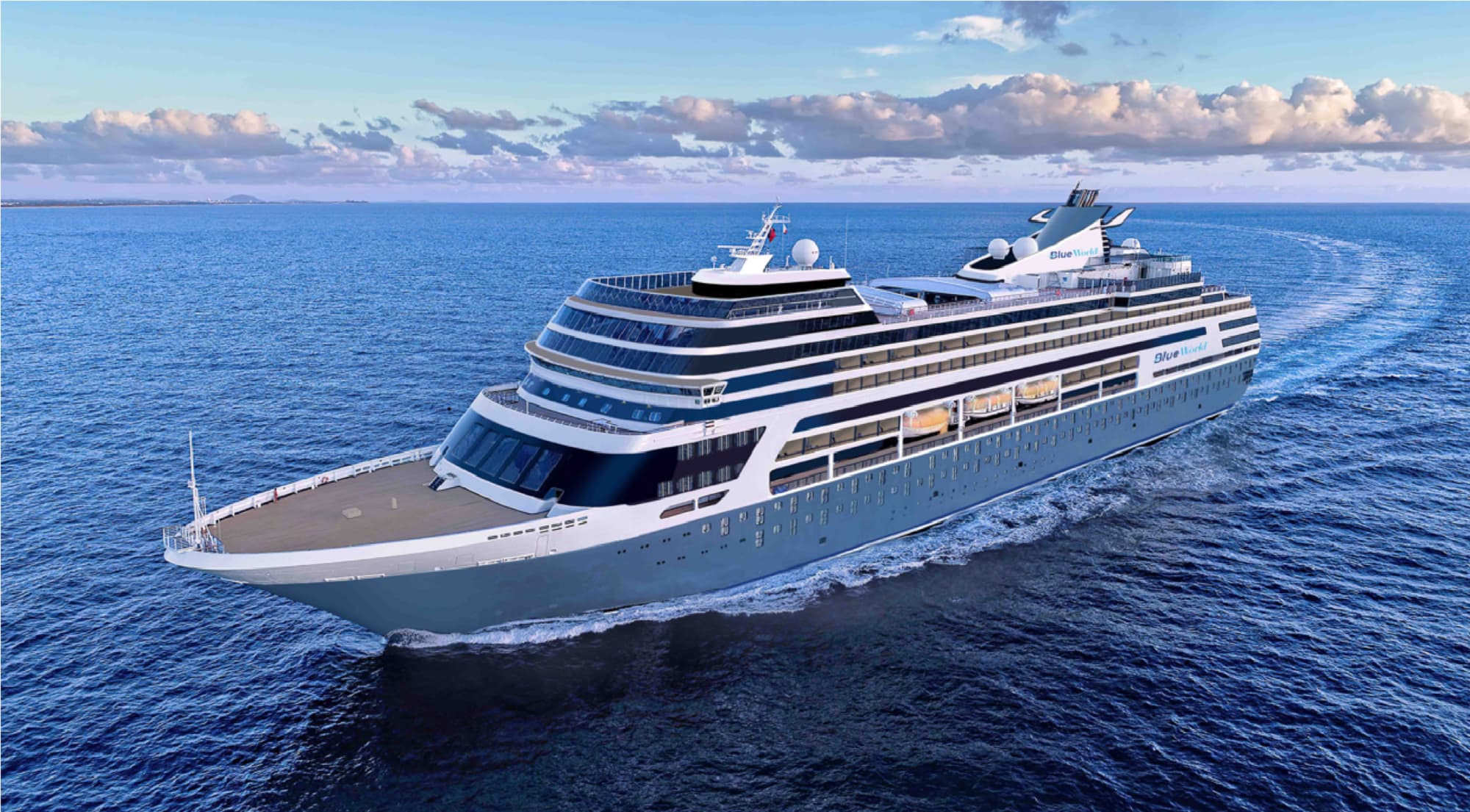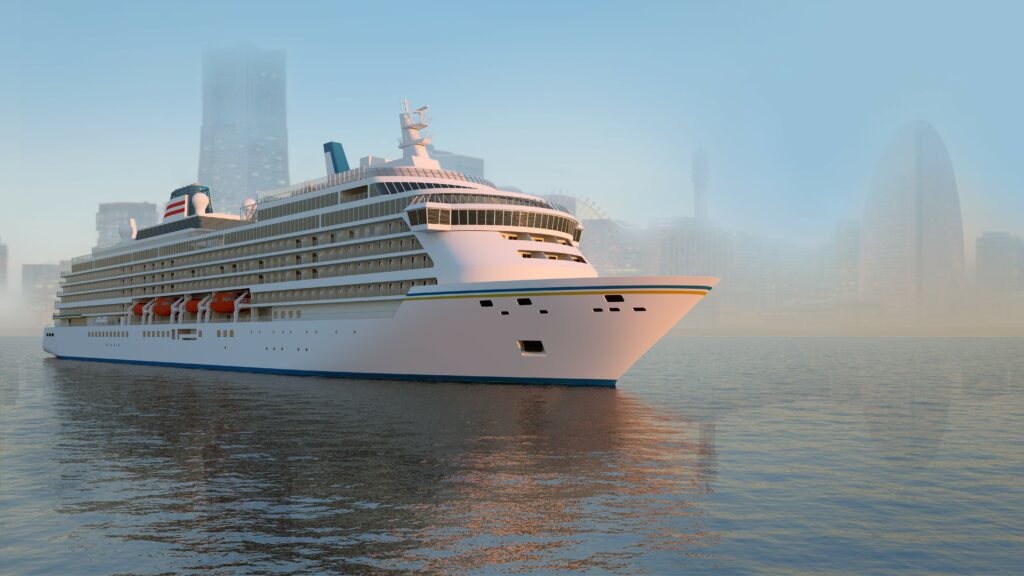The current situation may lead to shipowners choosing to lay up their vessels. Besides the point that putting a vessel in lay-up requires prior approval from your P&I and H&M insurers, there are a number of operational considerations to be made. In this regard, the purpose of this circular is to provide direction.
Whether A Vessel Is Berthed Or In Service, Operational Dangers And Risks Must Always Be Considered.
A vessel will be pulled out of its designed and intended normal operation during lay-up, and as a result, there will be related operating hazards/risks, which may include the following:
During The Lay-Up Period:
Contact Damages – caused by a mooring arrangement failure, such as breaking the mooring/dragging the anchor, colliding with another vessel, and so on.
Stranding/Grounding – occurs when a mooring arrangement fails, such as the mooring breaking or the anchor dragging.
Onboard fire — spread of fire from/to nearby moored vessel, shipboard personnel/watchmen-caused accidents such as smoking, electrical fire, etc…
Flooding — water incursion caused by faulty plumbing, hulls, seals, and fittings, among other things…
Ineffective Emergency Responses – vessels are frequently lay up with skeleton crews or without crews, and are monitored daily or remotely by guardsmen. In most cases, the crew size is insufficient to respond to onboard emergencies or to handle (expected) emergency circumstances. There is no quick shore assisted emergency reaction team available to organize an appropriate response in the case of daily checks by a guardsman or remote monitoring.
Whether It’s Hot Or Chilly, Do You Want To Sleep It Off?

Short-Term Laying-Up
A heated lay-up state is ideal if the laying-up period is up to twelve (12) months. The number of crew members will be lowered as agreed by the Flag Administration, and the vessel will be maintained in accordance with the Classification, Flag Administration, local authorities, and EFM lay-up standards. The vessel is out of service during a hot lay-up, but it may be mobilized into service quickly.
This will ensure that the vessel’s critical machinery and equipment are maintained, conserved when necessary, and in operational readiness condition, allowing for speedy re-commissioning/re-activation and far easier and less expensive vessel preservation. However, compared to a cold lay up Malaysia, the operational cost will be higher because more staff and key machineries, equipment, and systems will be in use.
Long-Term Laying-Up
A cold lay-up state will be more appropriate if the period of laying up or out of service intent is longer than twelve (12) months. The vessel must be manned with sufficient personnel to manage emergency scenarios such as fire, flooding, breaking mooring, security watch, and so on, as determined by the Flag Administration and/or local authorities when appropriate.
The machinery is removed from service and the vessel is maintained “electrically dead” during cold lay-up. Portable generator(s) can be installed for power supply to necessary emergency machineries/ equipment/ systems, depending on the length of the lay-up. This is contingent on the Classification, Flag Administration, and, if applicable, local authorities agreeing.
The vessel must also be kept in accordance with the Classification, Flag Administration, local authorities where appropriate, and EFM lay-up standards.
Layout Preparation

Essential considerations and preparations will be required in both hot and cold lay-up to avoid unforeseen considerable operation costs, fees, and dues during lay-up. Laying up a vessel can potentially result in claims arising from risks that were not weighted or evaluated during the deactivation and lay-up process. The re-activation of the vessel will be made easier with careful planning.

